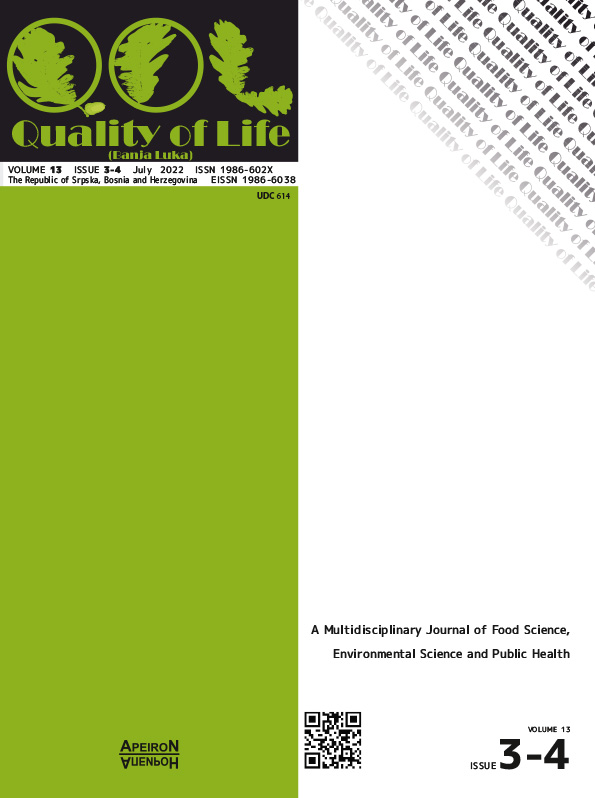Analysis of Modern Hepatitis C Control Effects
DOI:
https://doi.org/10.7251/QOL2203127PAbstract
Viral hepatitis C (hep C, HCV) most commonly occurs in the age group of 30 to 49. Initially, the dominant group consisted of middle-aged patients infected through blood transfusion. Recently, an increase in HCV has been observed among patients of younger age.
Today, the main risk group consists of intravenous drug users (IVDUs) with a prevalence of 80%, and the infection normally occurs very soon after starting to take intravenous drugs. Hepatitis C viral infection is also associated with cocaine/heroin consumption, and the infection occurs as a result of the use of common blood-contaminated equipment.
In the presented research, the largest number of patients is between the ages of 30 and 40. In 36 patients, a stable virological response was achieved, i.e. 90%, while most of these patients were previously treated with some other treatment modalities.
Since the therapeutic possibilities are limited and there is no vaccine, prevention plays a key role in the eradication of HCV infection. Eradication and health education of the population are needed, with the aim of acquiring knowledge about possible ways of infection transmission, and thus the possibilities of protection against infection.
